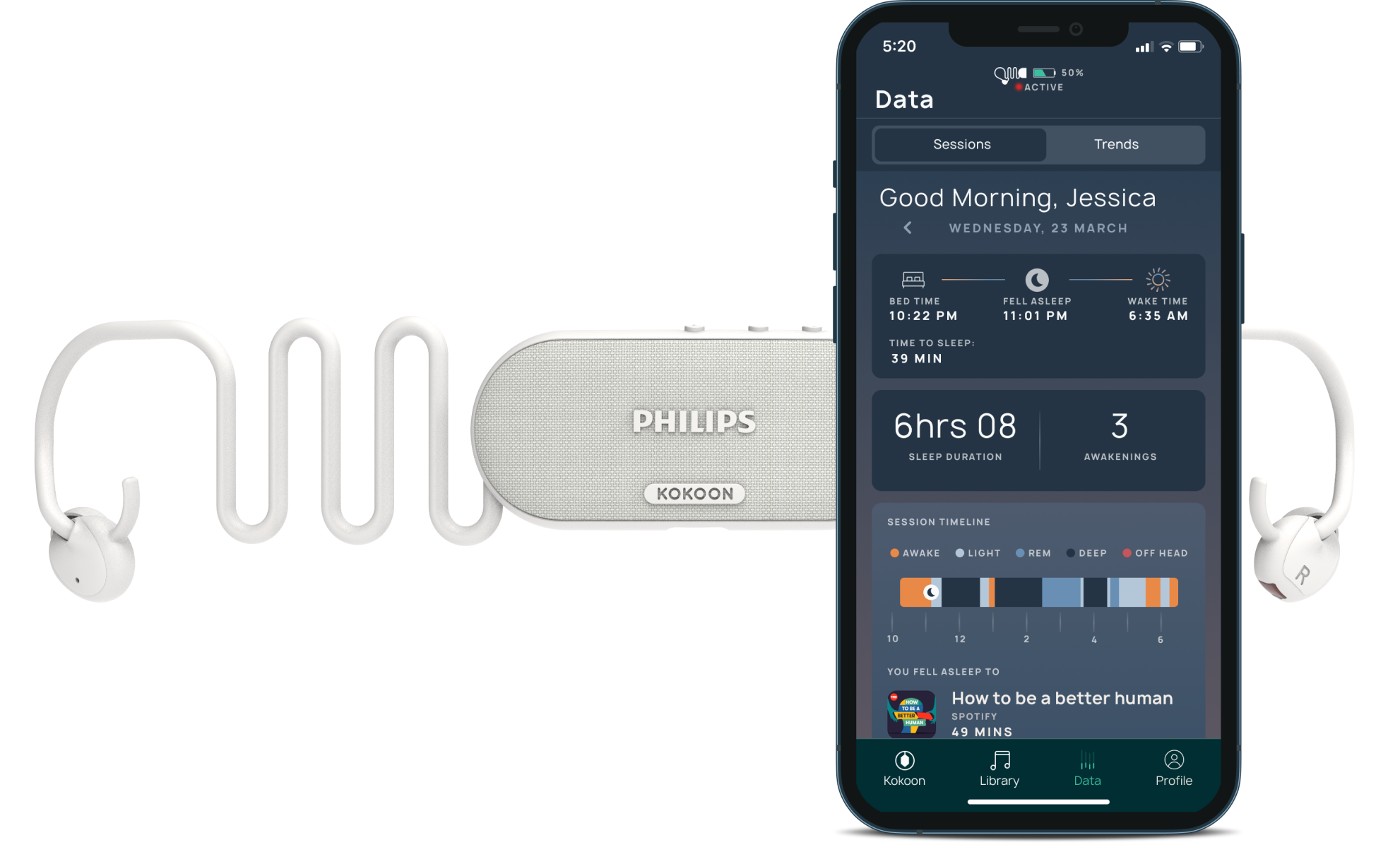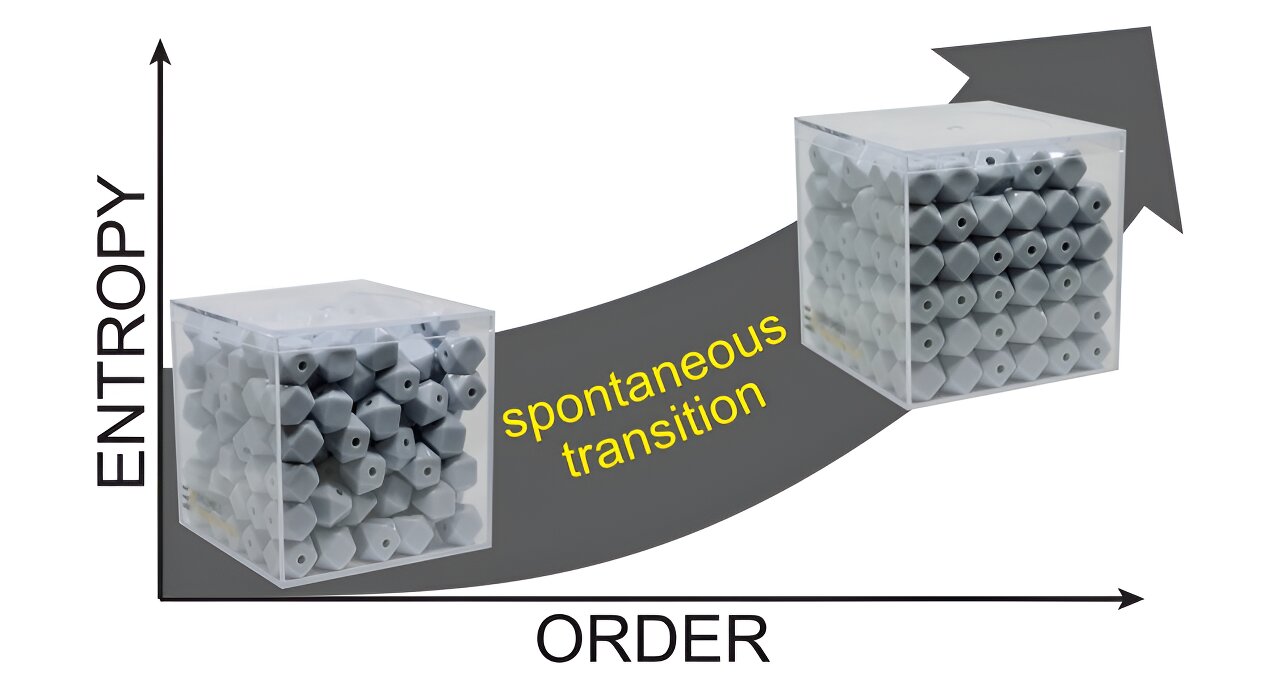[…]
The foundation, the Firefox browser maker’s netizen-rights org, assessed the privacy policies and practices of 25 automakers and found all failed its consumer privacy tests and thereby earned its Privacy Not Included (PNI) warning label.
If you care even a little about privacy, stay as far away from Nissan’s cars as you possibly can
In research published Tuesday, the org warned that manufacturers may collect and commercially exploit much more than location history, driving habits, in-car browser histories, and music preferences from today’s internet-connected vehicles. Instead, some makers may handle deeply personal data, such as – depending on the privacy policy – sexual activity, immigration status, race, facial expressions, weight, health, and even genetic information, the Mozilla team found.
Cars may collect at least some of that info about drivers and passengers using sensors, microphones, cameras, phones, and other devices people connect to their network-connected cars, according to Mozilla. And they collect even more info from car apps – such as Sirius XM or Google Maps – plus dealerships, and vehicle telematics.
Some car brands may then share or sell this information to third parties. Mozilla found 21 of the 25 automakers it considered say they may share customer info with service providers, data brokers, and the like, and 19 of the 25 say they can sell personal data.
More than half (56 percent) also say they share customer information with the government or law enforcement in response to a “request.” This isn’t necessarily a court-ordered warrant, and can also be a more informal request.
And some – like Nissan – may also use this private data to develop customer profiles that describe drivers’ “preferences, characteristics, psychological trends, predispositions, behavior, attitudes, intelligence, abilities, and aptitudes.”
Yes, you read that correctly. According to Mozilla’s privacy researchers, Nissan says it can infer how smart you are, then sell that assessment to third parties.
[…]
Nissan isn’t the only brand to collect information that seems completely irrelevant to the vehicle itself or the driver’s transportation habits.
“Kia mentions sex life,” Caltrider said. “General Motors and Ford both mentioned race and sexual orientation. Hyundai said that they could share data with government and law enforcement based on formal or informal requests. Car companies can collect even more information than reproductive health apps in a lot of ways.”
[…]
the Privacy Not Included team contacted Nissan and all of the other brands listed in the research: that’s Lincoln, Mercedes-Benz, Acura, Buick, GMC, Cadillac, Fiat, Jeep, Chrysler, BMW, Subaru, Dacia, Hyundai, Dodge, Lexus, Chevrolet, Tesla, Ford, Honda, Kia, Audi, Volkswagen, Toyota and Renault.
Only three – Mercedes-Benz, Honda, and Ford – responded, we’re told.
“Mercedes-Benz did answer a few of our questions, which we appreciate,” Caltrider said. “Honda pointed us continually to their public privacy documentation to answer your questions, but they didn’t clarify anything. And Ford said they discussed our request internally and made the decision not to participate.”
This makes Mercedes’ response to The Register a little puzzling. “We are committed to using data responsibly,” a spokesperson told us. “We have not received or reviewed the study you are referring to yet and therefore decline to comment to this specifically.”
A spokesperson for the four Fiat-Chrysler-owned brands (Fiat, Chrysler, Jeep, and Dodge) told us: “We are reviewing accordingly. Data privacy is a key consideration as we continually seek to serve our customers better.”
[…]
The Mozilla Foundation also called out consent as an issue some automakers have placed in a blind spot.
“I call this out in the Subaru review, but it’s not limited to Subaru: it’s the idea that anybody that is a user of the services of a connected car, anybody that’s in a car that uses services is considered a user, and any user is considered to have consented to the privacy policy,” Caltrider said.
Opting out of data collection is another concern.
Tesla, for example, appears to give users the choice between protecting their data or protecting their car. Its privacy policy does allow users to opt out of data collection but, as Mozilla points out, Tesla warns customers: “If you choose to opt out of vehicle data collection (with the exception of in-car Data Sharing preferences), we will not be able to know or notify you of issues applicable to your vehicle in real time. This may result in your vehicle suffering from reduced functionality, serious damage, or inoperability.”
While technically this does give users a choice, it also essentially says if you opt out, “your car might become inoperable and not work,” Caltrider said. “Well, that’s not much of a choice.”
[…]



